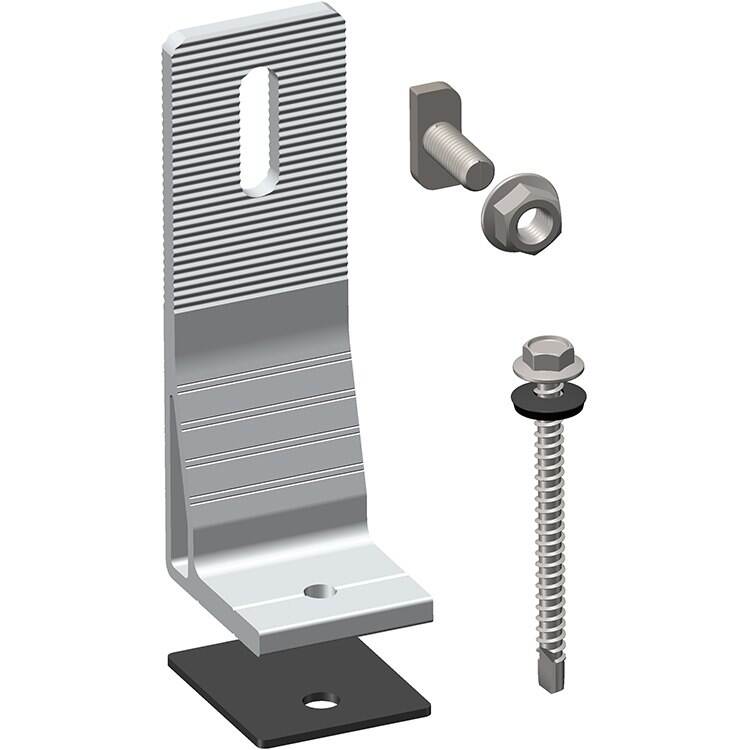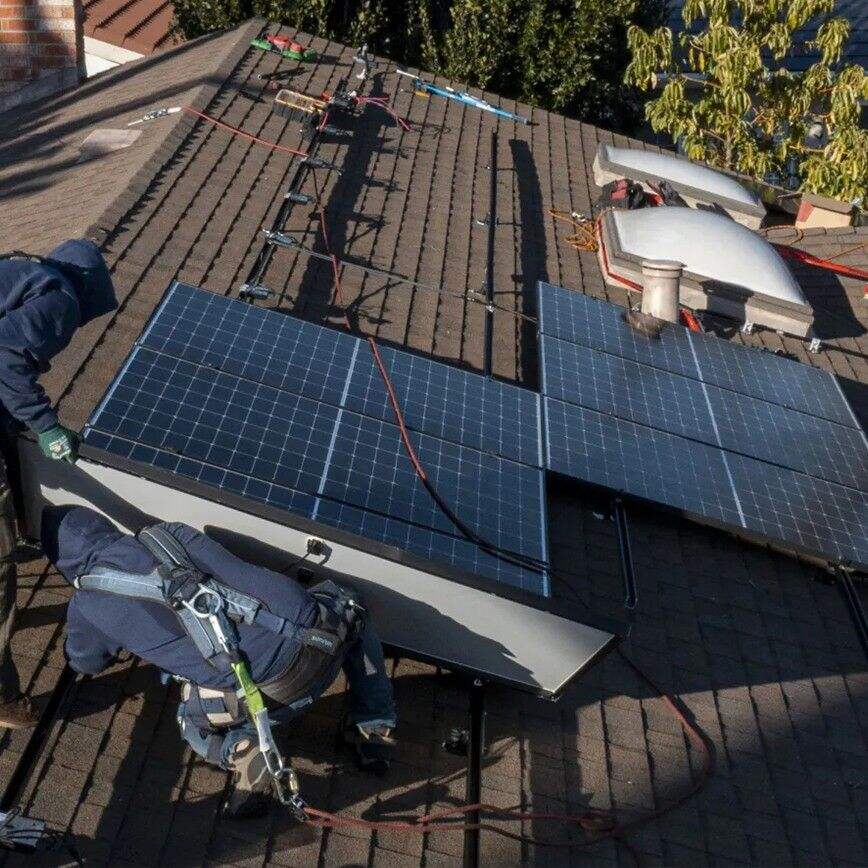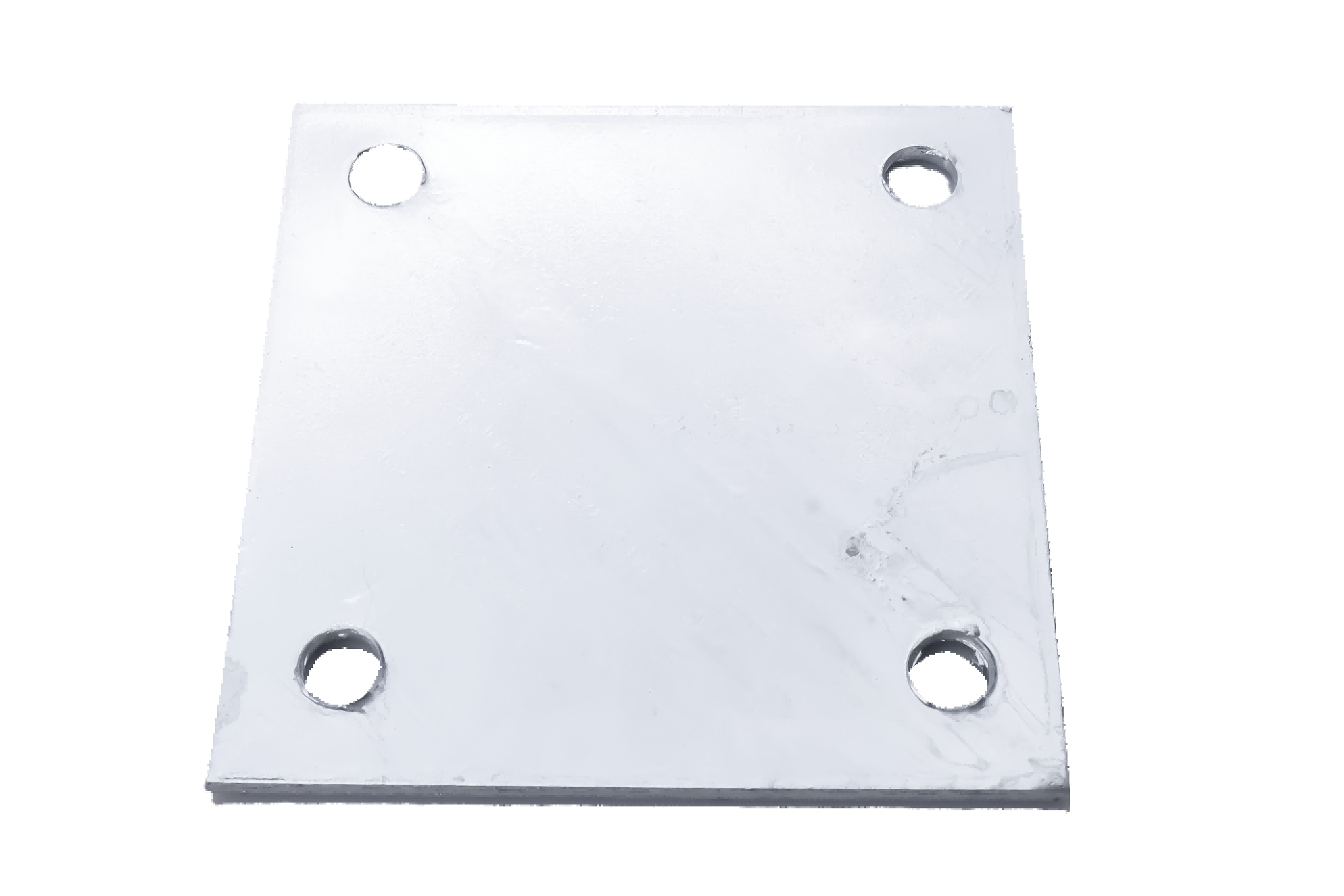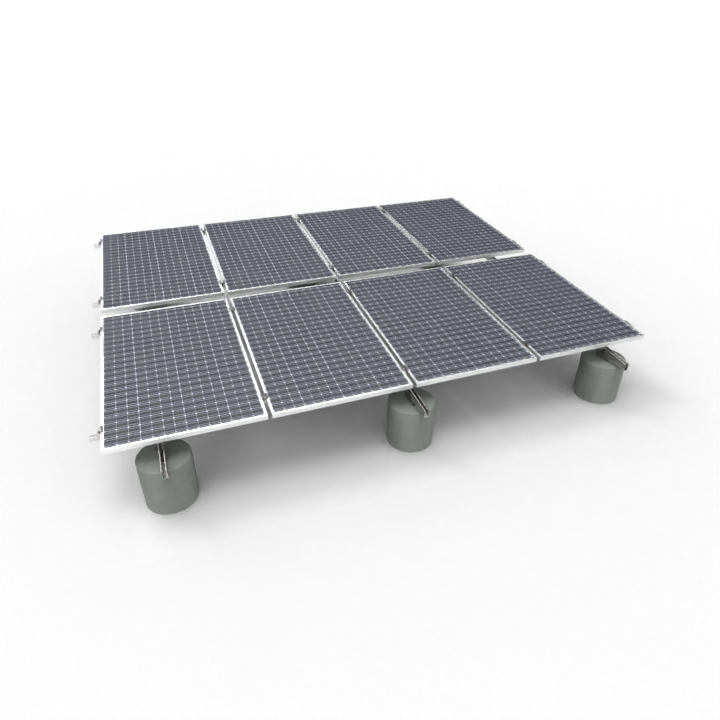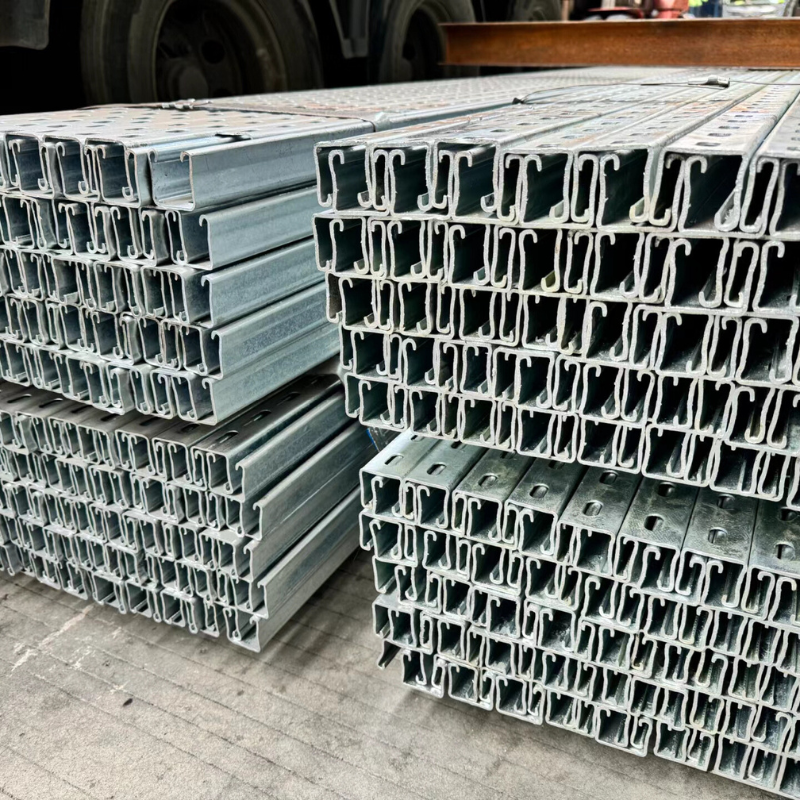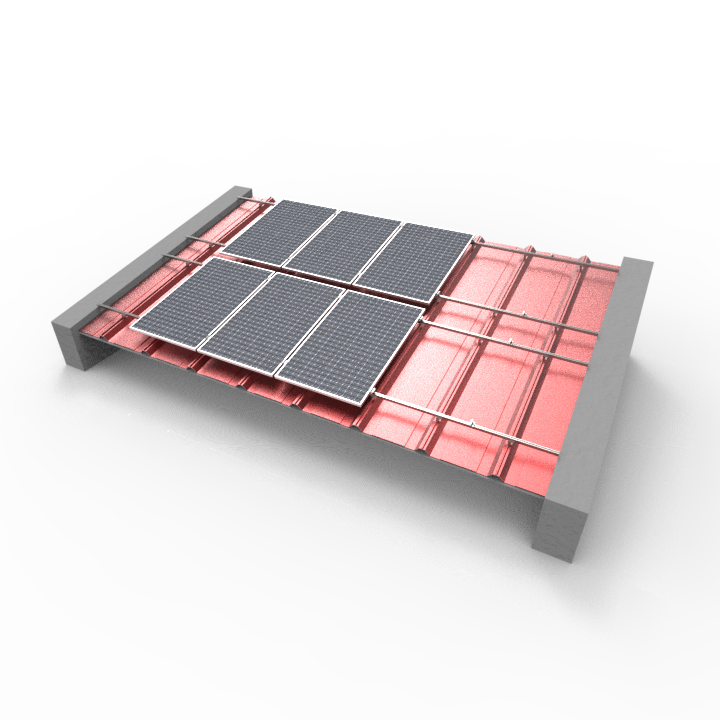How to maintain a steel carport?
Importance of Regular Maintenance for Longevity of Steel Carports
Regular maintenance is crucial in extending the lifespan of steel carports by preventing issues like rust and structural deterioration. Cleaning and inspections allow owners to address potential problems before they escalate. According to the Metal Building Manufacturers Association, frequent maintenance is directly correlated with the durability of metal structures. By performing routine upkeep, businesses can ensure their steel carports remain sturdy and functional over many years. This proactive approach can prevent the accumulation of rust, which is particularly damaging to steel and can compromise the carport's integrity over time.
The benefits of maintaining a steel carport extend beyond longevity to include cost-effectiveness, enhanced curb appeal, and improved resale value. By regularly maintaining these structures, business owners can avoid hefty repair and replacement costs, saving money in the long run. Furthermore, a well-kept carport enhances the aesthetic appeal of the premises, potentially attracting more clients or customers. Additionally, in the event of resale, a well-maintained steel carport can increase the property's value, as potential buyers will appreciate not having to immediately invest in repairs. These advantages make regular maintenance a wise investment for any business relying on steel carports for shelter and protection.
Routine Cleaning for Your Steel Carport
Regular cleaning is vital to maintain the integrity and appearance of your steel carport. Dirt, debris, and environmental build-up can accumulate on both the structure and the roof, potentially leading to rust and other forms of damage. Utilizing tools like a power washer or a soft brush can effectively remove grime and dirt from your steel carport, helping to prevent such issues. This simple step can significantly prolong the life of your steel carport by keeping it free from harmful materials that compromise its protective coatings.
When cleaning your steel carport, using the right cleaning solutions is essential to avoid damaging its protective layers. Mild soap or specialized metal cleaners are recommended over harsh chemicals, which can strip protective coatings and lead to premature wear. Likewise, abrasive scrubbers should be avoided as they can scratch the surface, making the steel more susceptible to rust. Regularly cleaning with gentle yet effective solutions ensures that your carport remains in prime condition and maintains its aesthetic appeal for years to come. By integrating these practices, you ensure that your carport not only looks its best but also withstands the test of time.
Inspecting for Damage in Steel Carports
Regularly inspecting your steel carport for damage is essential to maintain its integrity and longevity. By visually checking both the exterior and interior for signs of rust, dents, and overall wear, you can catch minor issues before they escalate into significant problems. This proactive approach aligns with recommendations from the National Association of Home Builders, which emphasizes the importance of routine inspections to safeguard structures. Regular inspections help ensure that your carport remains robust and functional, offering reliable protection for your vehicles and stored items.
Addressing even minor issues promptly can prevent larger repair costs down the line. For instance, immediate attention to rust spots can halt the progression of corrosion, which, if left untreated, could necessitate extensive and costly treatments in the future. By taking swift action to repair and maintain your carport, you not only protect it from the elements but also extend its utility. This preventive maintenance strategy helps to maintain the carport's structural integrity, ensuring it remains a safe and secure storage solution.
Protecting Against Weather for Steel Carports
Ensuring the longevity of steel carports requires proactive measures against the weather, such as applying protective coatings to prevent rust. These coatings, like zinc-based or polymer options, form a barrier against moisture, offering robust protection especially in areas with high humidity or frequent rainfall. This layer of defense effectively mitigates the potential for corrosion, prolonging the life of the carport.
Additionally, reinforcing the carport structure is essential in combating extreme weather conditions. Strengthening joints and supports with higher-grade materials and weather-resistant fasteners can significantly bolster the carport’s resilience. These enhancements are crucial in preventing structural damage from storms or heavy snowfalls. By incorporating these protective measures, the risk of weather-related damage is minimized, ensuring the steel carport remains functional and secure throughout the year.
Prolonging the Lifespan of Your Steel Carport with Care
To ensure the longevity of your steel carport, implementing essential maintenance practices is crucial. Begin by regularly cleaning the structure to remove debris and prevent corrosion. Next, conduct inspections every six months to identify and address any emerging issues promptly. Additionally, applying protective coatings as needed can help shield the structure from harsh environmental conditions. These actions significantly contribute to prolonging the life of your carport.
Final thoughts on maintaining a steel carport emphasize the importance of establishing a scheduled maintenance routine and proactive care. By committing to regular upkeep, you not only preserve the aesthetic appeal but also ensure the structural integrity of your carport over time. A well-maintained carport can withstand the elements and provide lasting protection for your vehicles and belongings.
FAQ
Why is regular maintenance important for steel carports?
Regular maintenance prevents rust and structural deterioration, extends the lifespan, saves repair costs, and enhances the aesthetic and resale value of steel carports.
What are the recommended cleaning tools for steel carports?
Using tools like a power washer or a soft brush, along with mild soap or specialized metal cleaners, helps maintain the integrity and appearance of steel carports.
How often should steel carports be inspected?
It is recommended to conduct inspections every six months to promptly identify and address any damage or wear.
How can steel carports be protected from harsh weather?
Applying protective zinc-based or polymer coatings and reinforcing structures with weather-resistant materials can help shield steel carports from moisture and extreme conditions.

